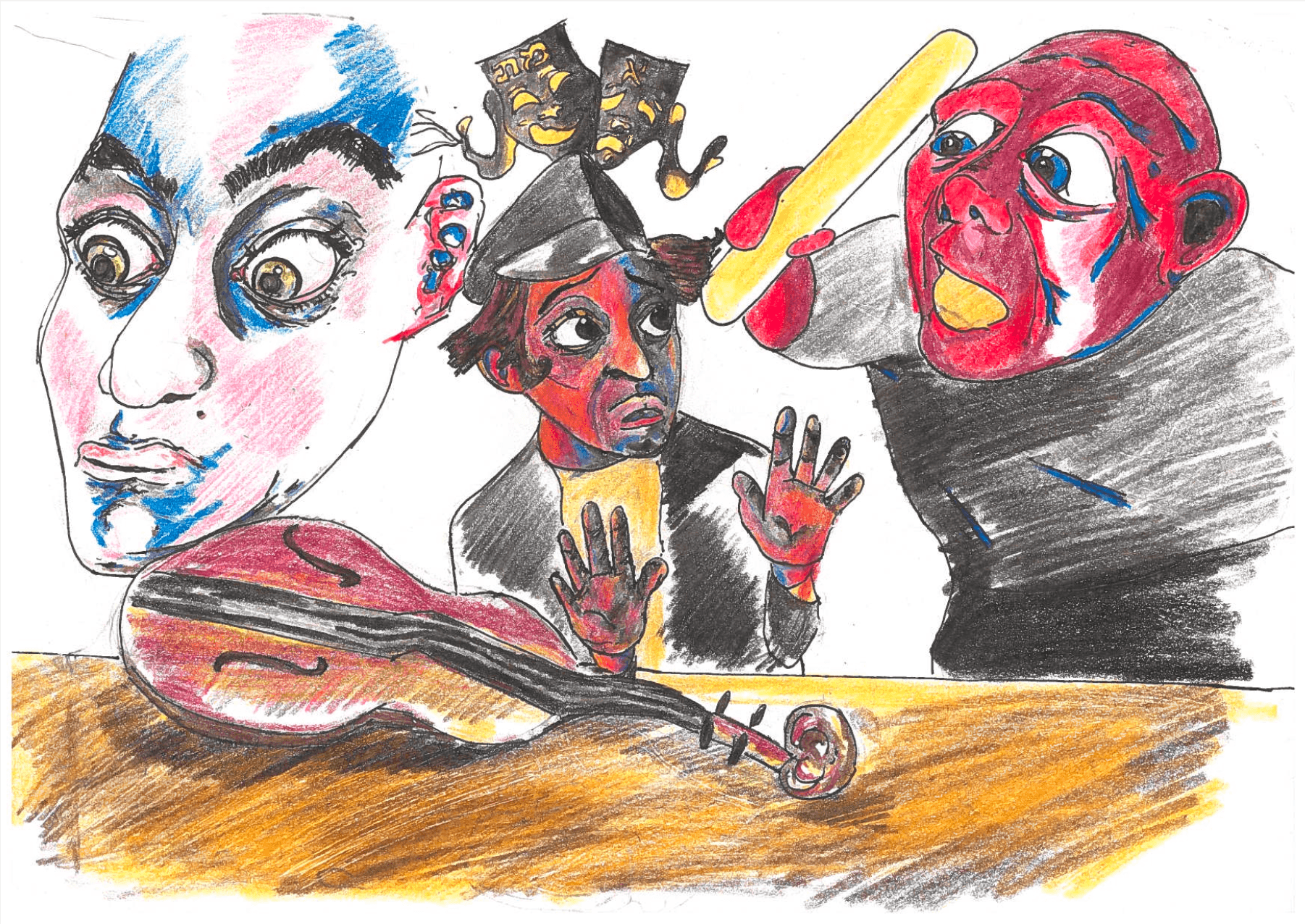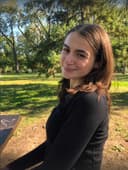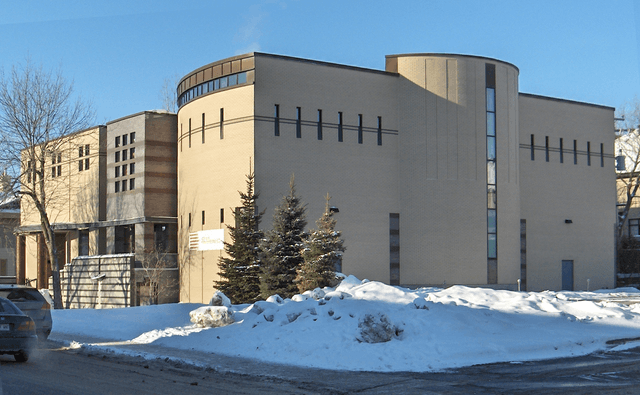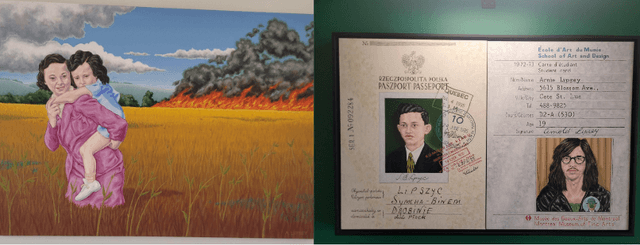On the afternoon of February 16th, in the midst of a Montreal blizzard, generations of Jews came together for a screening of director Ros Horin’s newest documentary Welcome To Yiddishland (2024) at the Jewish Public Library (JPL). Horin is the director of Racing Pulse Productions, and served as the Artistic Director of Sydney, Australia’s Griffin Theatre for over 12 years. Horin’s latest film follows several artists and creatives across the globe who are working to transform Yiddish from the tongue of the old country to a vibrant, living language through music, theatre, and pure passion.
Audience members first engaged in a Yiddish singalong, led by the talented Sonia Zylberberg, a teacher of religion at Dawson College in Montreal and an avid yiddishist. Providing sheet music, the JPL created a welcoming atmosphere that matched the strong sense of community depicted in the documentary. According to Horin, who appeared at the end on Zoom from Australia, her film was “trying to convey a community, a family, and a movement.”
Hailing from Russia, Israel, Australia, Germany, and the U.S., Horin’s cast highlights the wide range of ways that people embrace Yiddish—though, as noted by one audience member, the group of artists did not include any Hasidim. Horin explained that due to her background in the professional theatre world, she chose “fabulous artists to represent the culture.” While there are plenty of talented Hasidim, who use Yiddish in everyday life as well as for prayer, they often live away from the secular musical conventions and are wary of technology, which is central to Welcome To Yiddishland.
While imperfectly representative, the film still captures a broad range of Jewish talent. Through performance art and global festivals, singers come together to tell stories with rich harmonies and lyricism, and, through theatre, dramatists revitalize and reimagine centuries-old tales.
Horin’s selected spectacles also subvert traditional and religious binaries that often follow Yiddish culture. From Yiddish plays with outwardly queer themes to music festivals with mixed-gender dancing and revelry, the acts in the film celebrate the rich legacy of the Yiddish language while being unafraid to update it to modern sensibilities.
Although Welcome To Yiddishland emphasizes the age-old joy and connection drawn from Yiddishkeit, the film’s central characters also face contemporary obstacles in their Jewish expression. In one interview, an artist relays that for a long time, he was embarrassed if someone spoke to him in Yiddish on the streets, as it was seen as the language of the lower classes. He has since reconciled with his insecurity, proudly speaking Yiddish, just as his ancestors did. The film also explores Yiddish’s classification as a “dying language,” as the grandparents who spoke it fluently have not passed it on to their children and grandchildren. For many Jews, the move away from Yiddish came with physical waves of immigration, as English, Russian, or Polish became the new milieu for daily affairs and aided assimilation. However, modern attempts to revitalize Yiddish reject that script, instead, embracing it for its cultural history and expressive nature.
The kehillah (‘community’) in the film does not shy away from expressing its genuine love for the language, which binds its members together. Though Jews have long faced adversity for refusing to conform to mainstream norms and culture, Horin makes the case for open self-expression regardless of the pushback. The film argues that Yiddish can and should be accessible to everyone, regardless of religion, ethnic background, and certainly across the political spectrum. This theme ties into the idea of doikayt (‘hereness’): wherever Jews are located geographically, the social and religious movements that bring us together are stronger than our present locale. From Melbourne to Weimar, the film makes a strong (though not flawless) attempt to celebrate Jews of all denominations as they bring Yiddish into the modern day and unpack what it means to be Jewish in the 21st-century.
Powered by Froala Editor






